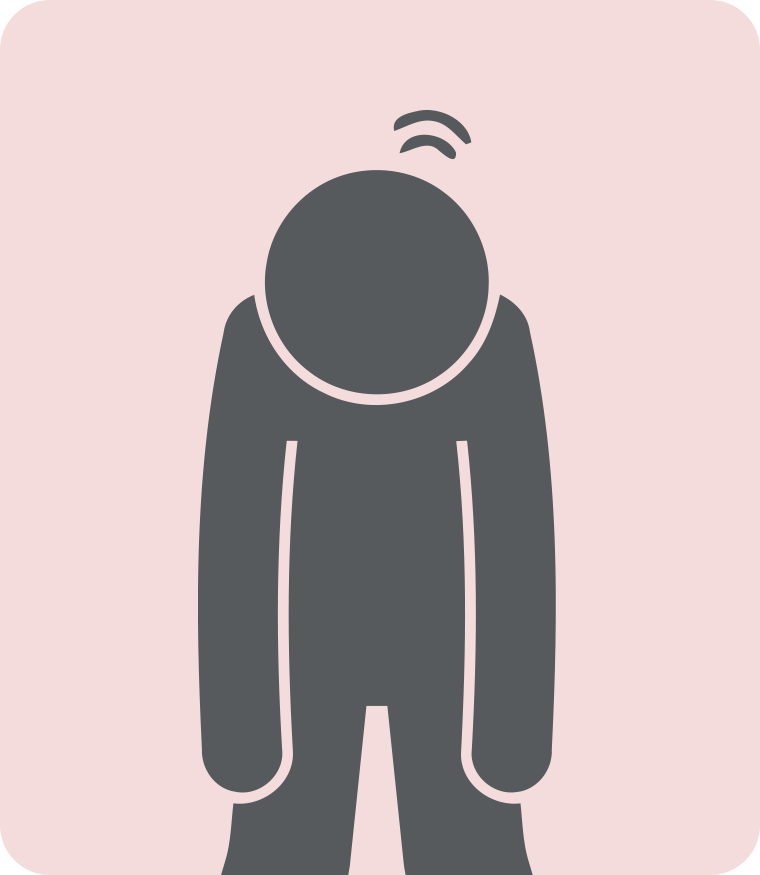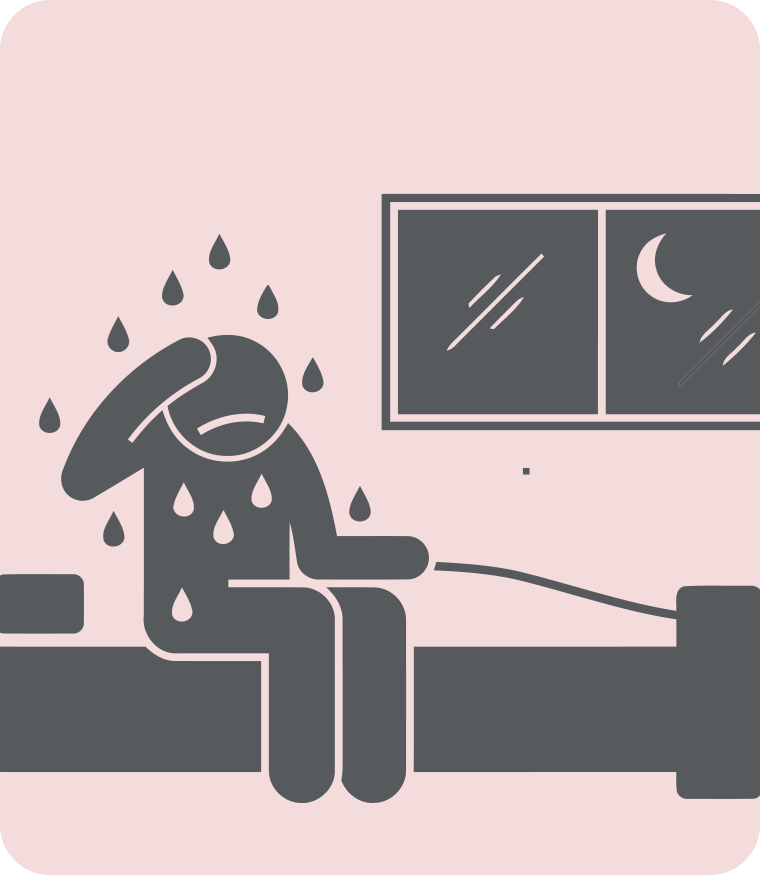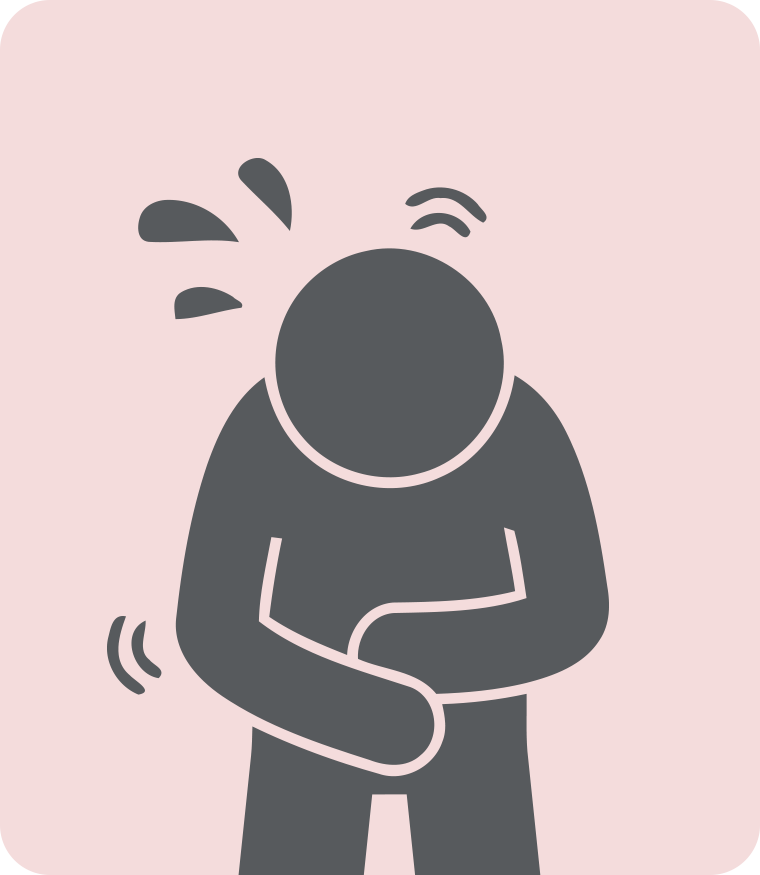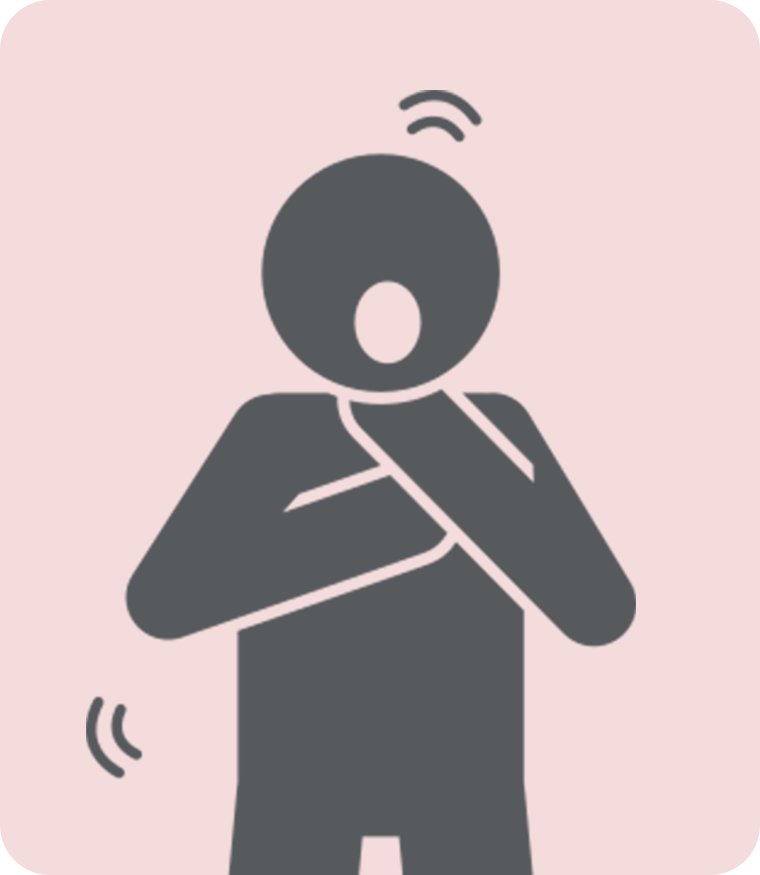

WHAT IS HODGKIN LYMPHOMA?
Hodgkin lymphoma, formerly called Hodgkin disease, is one of the two main types of lymphoma. It is a type of cancer that affects the lymphatic system, which is part of the body’s germ-fighting immune system.
In Hodgkin lymphoma, white blood cells called lymphocytes grow out of control, causing swollen lymph nodes and growths throughout the body.
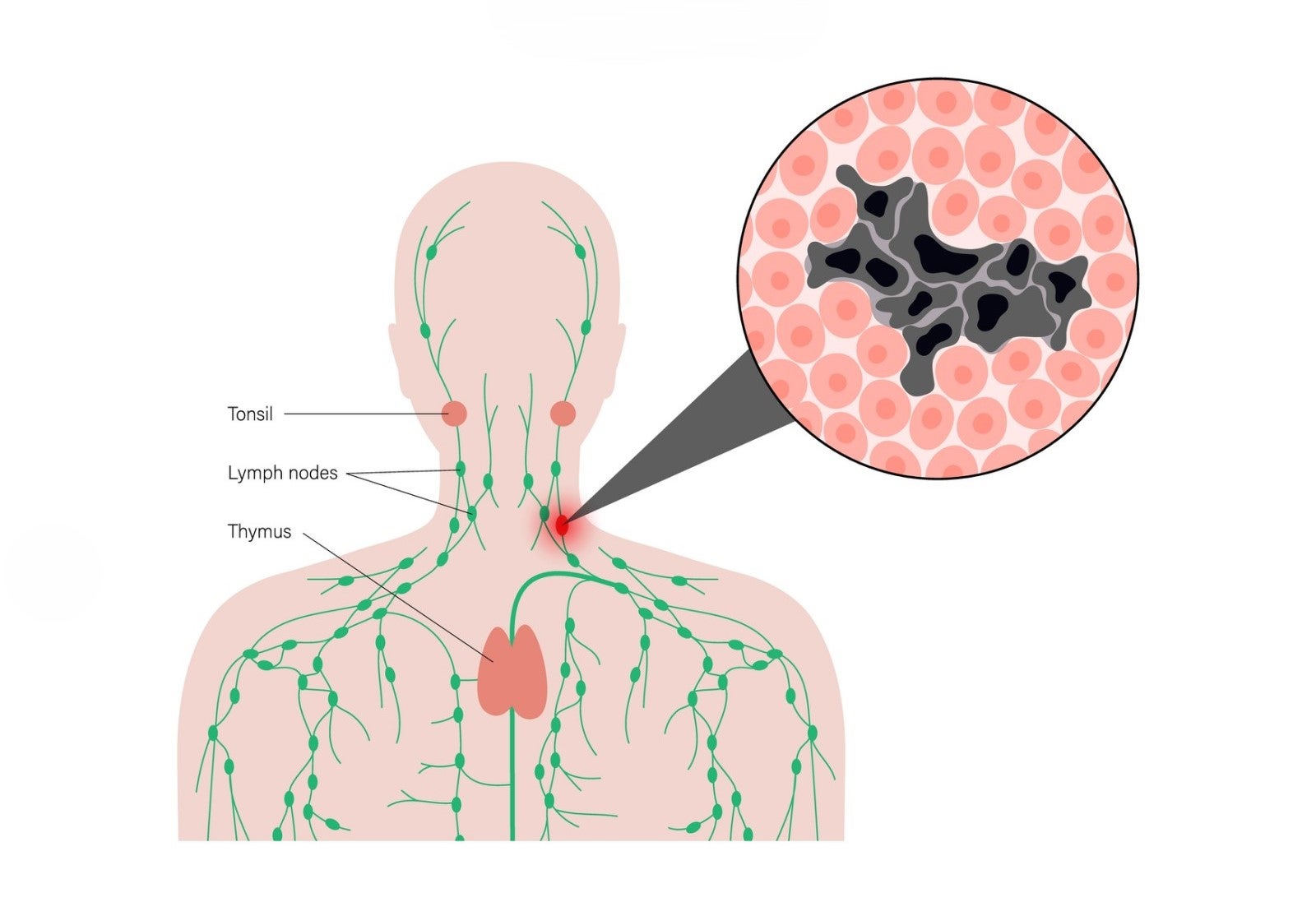
REFERENCES:
- https://www.cancer.org/cancer/types/hodgkin-lymphoma/about/what-is-hodgkin-disease.html
- https://www.cancersupportcommunity.org/hodgkin-lymphoma
- https://www.mayoclinic.org/diseases-conditions/hodgkins-lymphoma/symptoms-causes/syc-20352646
Signs and symptoms of Hodgkin Lymphoma may include:
REFERENCES:
- https://www.cancer.org/cancer/types/hodgkin-lymphoma/about/what-is-hodgkin-disease.html
- https://www.cancersupportcommunity.org/hodgkin-lymphoma
- https://www.mayoclinic.org/diseases-conditions/hodgkins-lymphoma/symptoms-causes/syc-20352646
- Epstein-Barr virus infection/mononucleosis
- Age
While Hodgkin lymphoma can develop at any age, it is most common in early adulthood (especially in a person's 20s) and in late adulthood (after age 55). - Gender
Hodgkin lymphoma occurs slightly more often in males than in females. - Family history
- Weakened immune system

REFERENCES:
- https://www.cancer.org/cancer/types/hodgkin-lymphoma/about/what-is-hodgkin-disease.html
- https://www.cancersupportcommunity.org/hodgkin-lymphoma
- https://www.mayoclinic.org/diseases-conditions/hodgkins-lymphoma/symptoms-causes/syc-20352646
Given that few of the known risk factors for Hodgkin lymphoma can be changed, it is not possible to prevent most cases of the disease at this time.
REFERENCE: https://www.cancer.org/cancer/types/hodgkin-lymphoma/about/what-is-hodgkin-disease.html
Diagnostic methods for Hodgkin Lymphoma include:
Medical history and physical examination
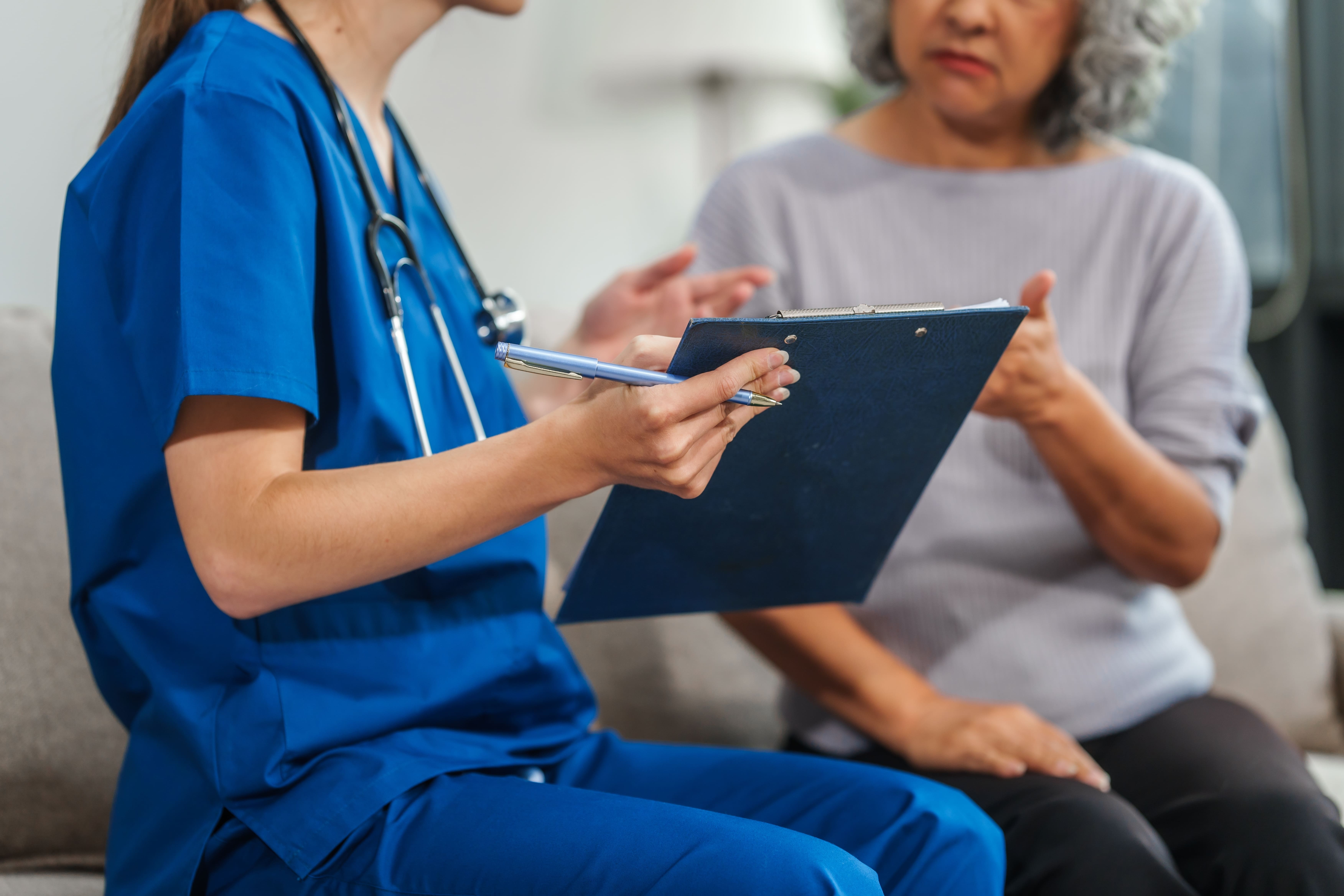
Biopsy of lymph nodes
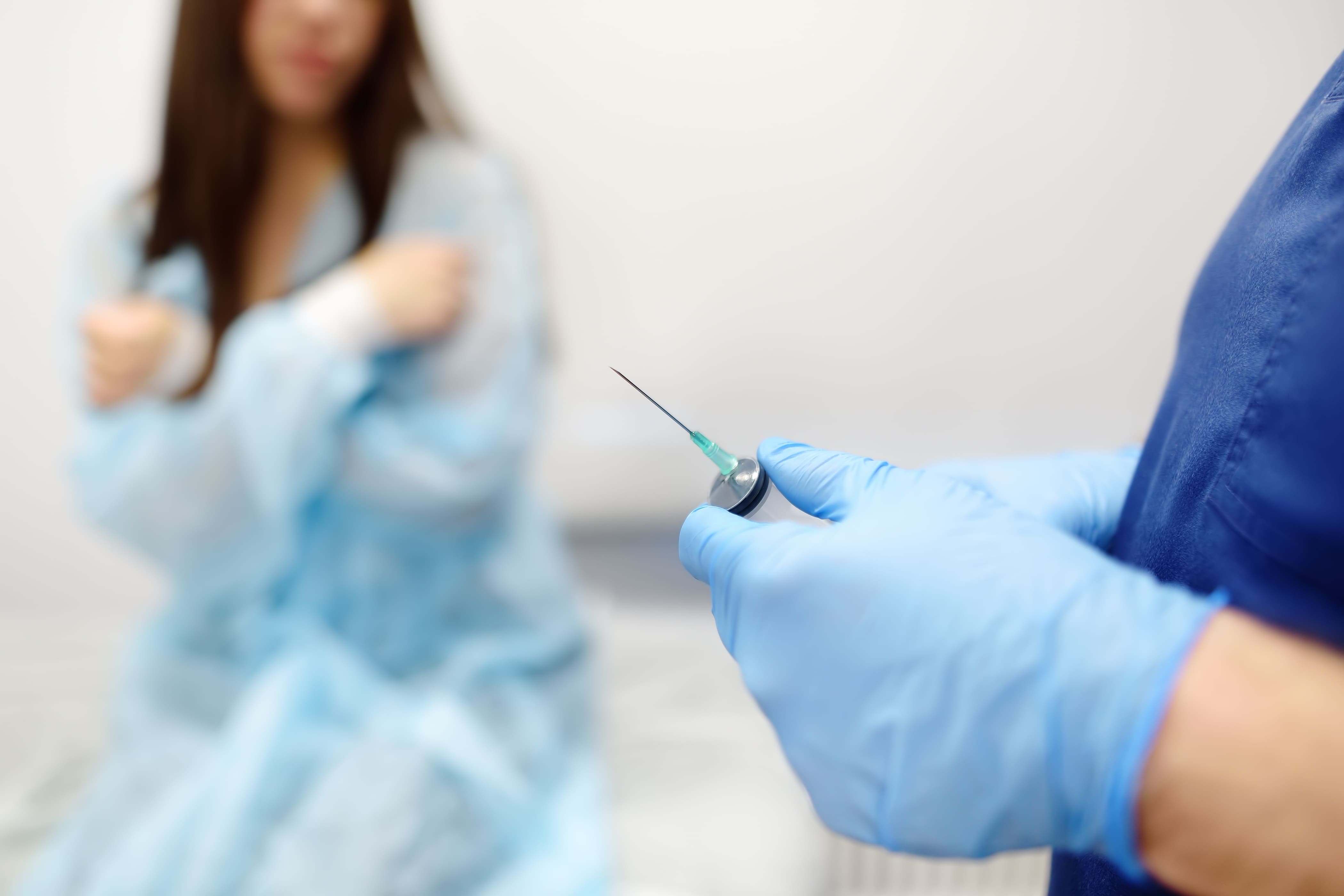
Imaging such as X-rays, ultrasound, computed tomography (CT) scan, magnetic resonance imaging (MRI), positron emission tomography (PET) scan, and bone scan, among others
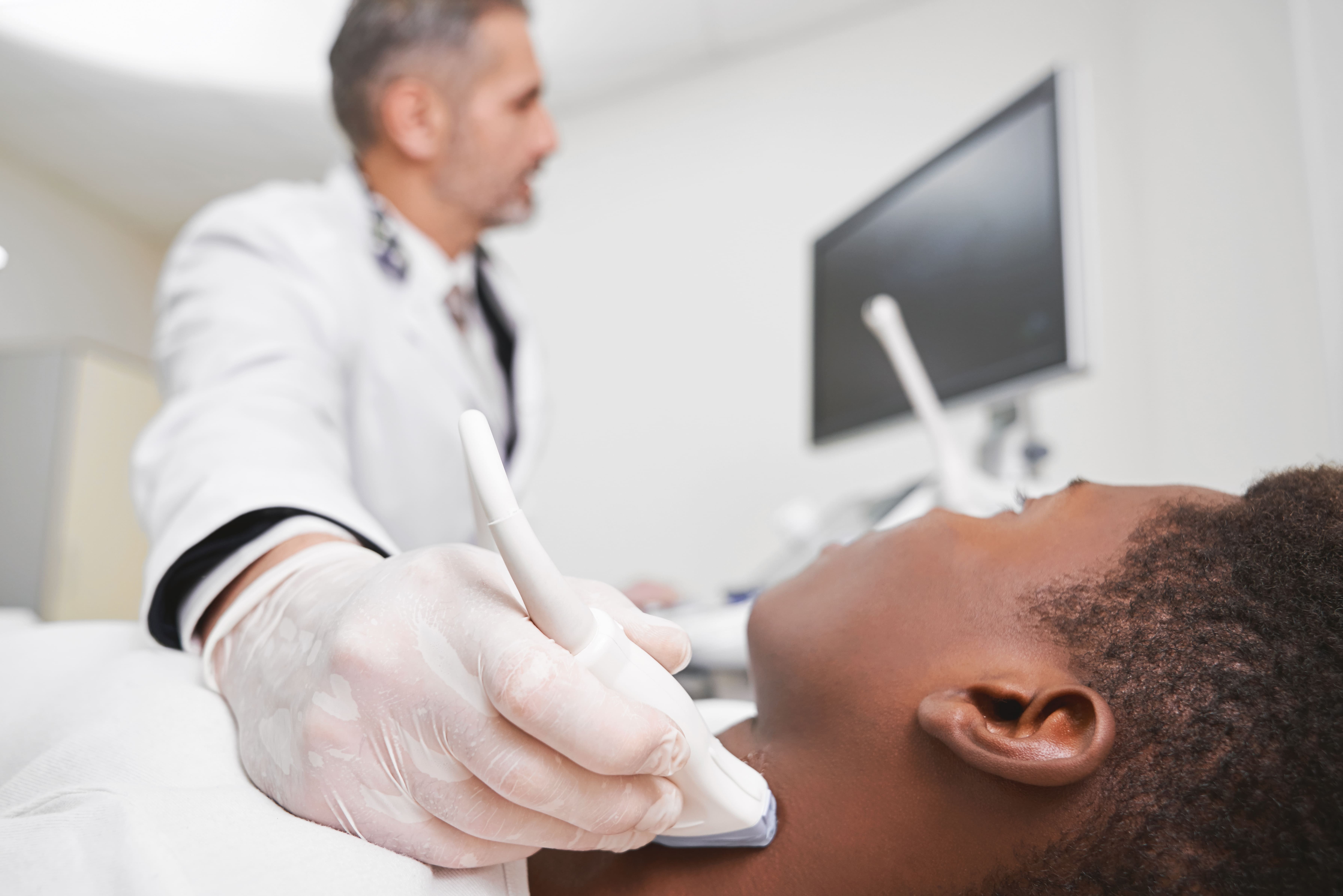
REFERENCES:
- https://www.cancer.org/cancer/types/hodgkin-lymphoma/about/what-is-hodgkin-disease.html
- https://www.cancersupportcommunity.org/hodgkin-lymphoma
- https://www.mayoclinic.org/diseases-conditions/hodgkins-lymphoma/symptoms-causes/syc-20352646
TREATMENT AND CARE
Chemotherapy and radiation therapy are the main treatments for Hodgkin lymphoma. Doctors from several disciplines often work together to provide treatment and care for people with Hodgkin lymphoma.

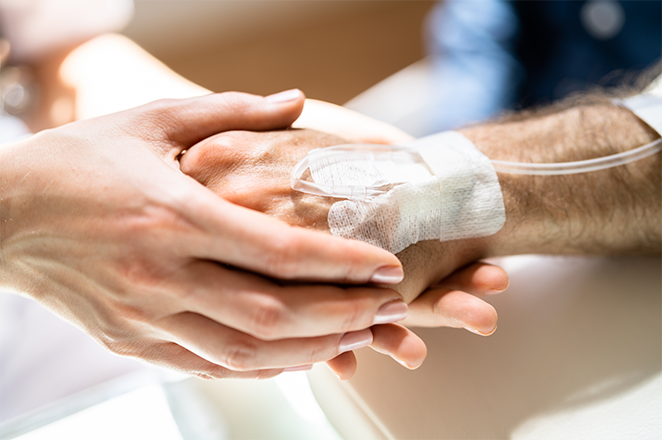
Chemotherapy (chemo) is the use of drugs to kill cancer cells. Chemo is usually injected into a vein under the skin or taken as a pill. Chemo drugs enter the bloodstream and travel throughout the body to reach and destroy cancer cells wherever they may be.
Chemo is the main treatment for most people with Hodgkin lymphoma. Sometimes chemo is followed by radiation therapy.
Chemo is given in cycles that include a period of treatment followed by a rest period to give the body time to recover. In general, each cycle lasts for several weeks.
Most chemo treatments are given in the doctor’s office, clinic, or hospital outpatient department, but some may require a hospital stay.

These side effects are usually short-lived and go away over time after treatment ends. If serious side effects occur, chemo may have to be delayed or the doses reduced. Drugs are often used to help prevent nausea and vomiting.
REFERENCE: https://www.cancer.org/cancer/types/hodgkin-lymphoma/about/what-is-hodgkin-disease.html
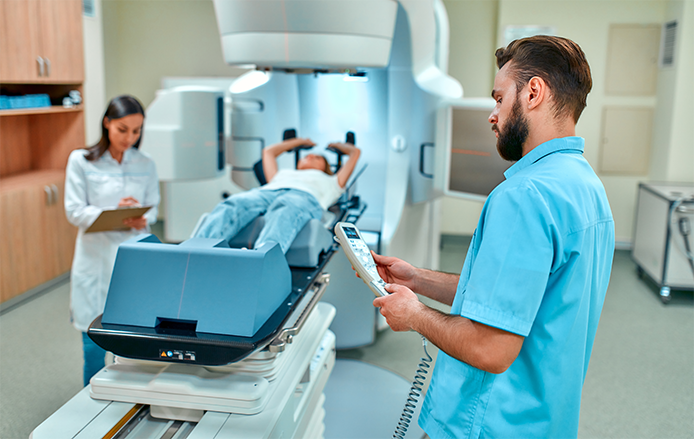
Radiation therapy uses high-energy rays (or particles) to destroy cancer cells. It is part of the treatment for most people with Hodgkin lymphoma and is especially useful when Hodgkin lymphoma is only in one part of the body.
For classic Hodgkin lymphoma, radiation is often given after chemotherapy, especially when there’s a large or bulky tumor mass (usually in the chest). Chemotherapy or radiation alone would probably not cure the lymphoma, but both treatments together usually do.
Radiation therapy can also be used by itself to treat some cases of nodular lymphocyte-predominant Hodgkin lymphoma.
Radiation therapy is often very good at killing HL cells. But over the years as it has become clear that chemotherapy also works very well. Today, doctors tend to use less radiation and lower doses of radiation because of its possible long-lasting side effects.

REFERENCE: https://www.cancer.org/cancer/types/hodgkin-lymphoma/about/what-is-hodgkin-disease.htm
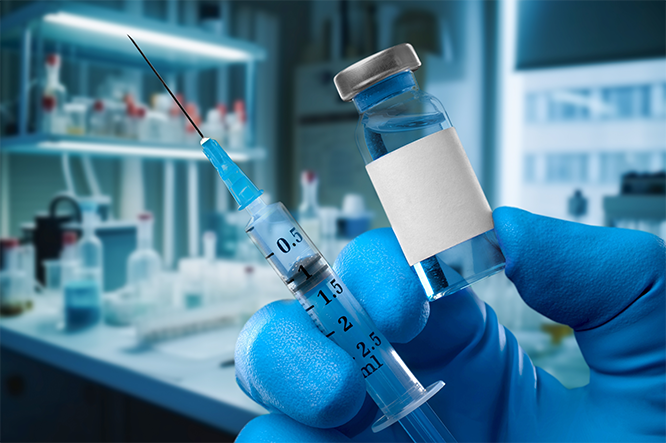
Immunotherapy is the use of medicines to help someone’s immune system better recognize and destroy cancer cells. It can be used to treat some people with Hodgkin lymphoma.
Monoclonal antibodies
Antibodies are proteins made by your immune system to help fight infections. Man-made versions, called monoclonal antibodies (mAbs), can be designed to attack a specific target, such as a substance on the surface of lymphocytes (the cells in which Hodgkin lymphoma starts).
Brentuximab vedotin is a monoclonal antibody used in the treatment of Hodgkin lymphoma. It is an anti-CD30 antibody attached to a chemo drug. Classic Hodgkin lymphoma cells usually have the CD30 molecule on their surface. Brentuximab vedotin acts like a homing signal, bringing the chemo drug to the lymphoma cells with CD30 on them. The drug enters the cells and kills them when they try to divide into new cells.
Brentuximab vedotin is infused into a vein (IV), usually every 2 or 3 weeks.

Rituximab is another monoclonal antibody that may be used to treat nodular lymphocyte-predominant Hodgkin lymphoma. It's often given along with chemotherapy and/or radiation therapy.
Rituximab is given as an IV infusion in the doctor's office or clinic.

Immune checkpoint inhibitors
An important part of the immune system is its ability to keep itself from attacking normal cells in the body. To do this, it uses "checkpoint" proteins, which act like switches on immune cells that need to be turned on (or off) to start an immune response. Cancer cells sometimes use these checkpoints to avoid being attacked by the immune system.
Nivolumab and pembrolizumab are checkpoint inhibitors that can be used in people with classic Hodgkin lymphoma whose cancer has grown during treatment (called refractory cancer) or has returned after other treatments have been tried (called recurrent or relapsed cancer).
These drugs target PD-1, a protein on certain immune system cells (called T cells) that normally helps keep these cells from attacking other cells in the body. By blocking PD-1, these drugs boost the immune response against cancer cells. This can shrink some tumors or slow their growth.
These drugs are given as an intravenous (IV) infusion, typically every 2, 3, or 6 weeks

REFERENCE: https://www.cancer.org/cancer/types/hodgkin-lymphoma/about/what-is-hodgkin-disease.html

Stem cell transplants (SCTs) are sometimes used for hard-to-treat Hodgkin lymphoma, such as disease that doesn't go away completely after chemotherapy and/or radiation or lymphoma that comes back after treatment.
The doses of chemo drugs given to patients normally are limited by the side effects these drugs cause. Higher doses can't be used even if they might kill more cancer cells, because they would severely damage the bone marrow where new blood cells are made.
A stem cell transplant lets doctors give higher doses of chemo (sometimes along with radiation therapy). This is because after getting high-dose chemo, the patient receives a transplant of blood-forming stem cells to rebuild the bone marrow.
The blood-forming stem cells used for a transplant can come either from the blood or from the bone marrow. Today, most transplants are done with cells that are taken out of the blood and are called peripheral stem cell transplants.
AUTOLOGOUS STEM CELL TRANSPLANT
In this type of transplant, a patient's own blood stem cells are collected several times in the weeks before treatment. The cells are frozen and stored while the person gets treatment (high-dose chemo and/or radiation) and then are given back into the patient's blood by an IV. This is the most common type of transplant for Hodgkin lymphoma.
ALLOGENEIC STEM CELL TRANSPLANT
In this type of transplant, the blood stem cells come from someone else. Usually this is a brother or sister, but the source could be an unrelated donor or umbilical cord blood. The donor's tissue type (also known as the HLA type) needs to match the patient's tissue type as closely as possible to help prevent major problems with the transplant. Usually, in treating Hodgkin lymphoma, an allogeneic transplant is used only if an autologous transplant has already been tried without success.

SIDE EFFECTS
A stem cell transplant is a complex treatment that can cause life-threatening side effects. If the doctors think a person might benefit from a transplant, it should be done at a cancer center where the staff has experience with the procedure and with managing the recovery phase.
SUPPORTIVE CARE
Supportive care is important for people with Hodgkin lymphoma. It aims to manage symptoms and give emotional support. It can help to increase quality of life for people with Hodgkin lymphoma and their families.

REFERENCE: https://www.cancer.org/cancer/types/hodgkin-lymphoma/about/what-is-hodgkin-disease.html
This information is brought to you by Takeda Healthcare Philippines Inc.
Copyright © 2025 Takeda Healthcare Philippines Inc. All rights reserved.
Takeda and are registered trademarks of Takeda Pharmaceutical Company Limited.
This information is available to the general public for informational purposes only; it should not be used for diagnosing or treating a health condition or disease.
It is not intended to substitute for consultation with a healthcare provider. Please consult your healthcare provider for further advice.


